Connecting You to More
| Term | Description |
|---|---|
| Dielectric Breakdown | The voltage at which a dielectric material is punctured, which is divisible by thickness to give dielectric strength |
| Dielectric Constant (K) | The ratio of the capacitance of a condenser with dielectric between the electrodes to the capacitance when air is between the electrodes (also called Permittivity and Specific Inductive Capacity) |
| Dielectric Strength | The voltage which an insulation can withstand before breakdown occurs. Usually expressed as a voltage gradient (such as volts per mil). |
| Dielectric Test | A test in which a voltage higher than the rated voltage is applied for a specified time to determine the adequacy of the insulation under normal conditions |
| Direct Burial Cable | A cable installed directly into the Earth |
| Direct Capacitance | The capacitance measured directly from conductor to conductor through a single insulating layer |
| Direct Current (DC) | An electric current which flows in only one direction |
| Direct Current Resistance (D.C.R.) | The resistance offered by any circuit to the flow of direct current |
| Dissipation Factor | The tangent of the loss angle of the insulating material (also referred to as loss tangent, tan S, and approximate power factor) |
| Double Foot | The combined length of one linear foot of paired material; i.e., one double foot is equal to one foot of positive material plus one foot of negative material (usually used in determining thermocouple wire loop resistance) |
| Drain Wire | In a cable, the uninsulated wire in intimate contact with a shield to provide for easier termination of such a shield to a ground point |
| Drawing | In wire manufacturing, pulling the metal through a die or series of dies to reduce diameter to a specific size |
| Duct | An underground or overhead tube for carrying electrical conductors |
| Duplex Insulated | In the thermocouple industry, a combination of dissimilar metal conductors of a thermocouple or thermocouple extension wire |
| Eccentricity | Like concentricity, a measure of the center of a conductor's location with respect to the circular cross section of the insulation (expressed as a percentage of displacement of one circle within the other) |
| ECTFE | A copolymer of ethylene and chlorotrifluoroethylene that provides excellent chemical and abrasion resistance as well as mechanical strength. Used mostly as an insulation. |
| EIA | Abbreviation for Electronic Industries Association |
| Elastomer | A rubber-like substance |
| Electromagnetic | Pertaining to the combined electric and magnetic fields associated with movements of electrons through conductors |
| Electromagnetic Interference (EMI) | Any electromagnetic disturbance that interrupts or limits the performance of electrical or electronic devices |
| Electromotive Force | Pressure or voltage; the force which causes current to flow in a circuit |
| Electrostatic | Pertaining to static electricity or electricity at rest; a constant intensity electric charge |
| Electrostatic Interference | Any electrostatic interference such as motor spiking |
| Elongation | The fractional increase in length of a material stressed in tension |
| EMF | See definition of "Electromotive Force" |
| EMI | Abbreviation for Electromagnetic Interference |
| Ends | In braiding, the number of essentially parallel wires or threads on a carrier |
| Ethylene Propylene Rubber (EPR) | An ozone resistant rubber consisting primarily of ethylene propylene copolymer (EPM) or ethylene propylene diene terpolymer (EDPM) |
| Ethylene-Tetrafluorethylene-Copolymer (ETFE) | |
| External Interference | The effects of electrical waves or fields which cause sounds other than the desired signal (static). |
Showing 181 - 210 of 567

